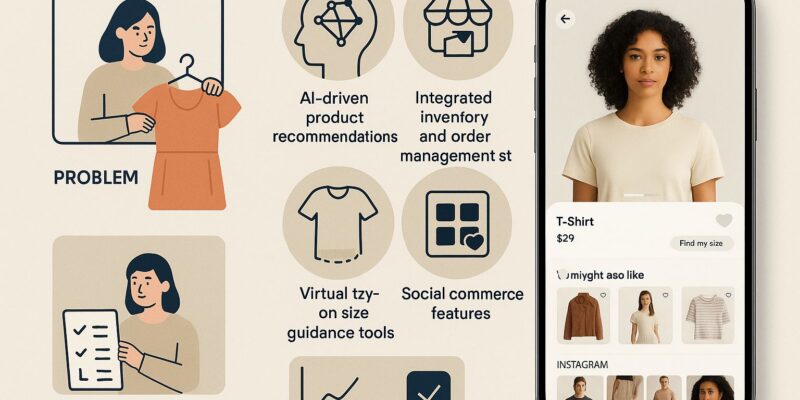In today’s world, keeping track of our health information is super important. Imagine if all your health records, like your medical history, test results, and treatment plans, could be stored in one secure place that doctors and nurses can access anytime they need to. That’s where MyHealth comes in.
MyHealth is like a big digital book that keeps all your health information together. It makes sure that doctors and other people taking care of you can easily share and see the important details they need. This helps them make better decisions about your health and treatments.
In this story, we’ll take a closer look at how MyHealth, created by a clever software company, changed the way health information is handled, making it easier for everyone involved in your care.




